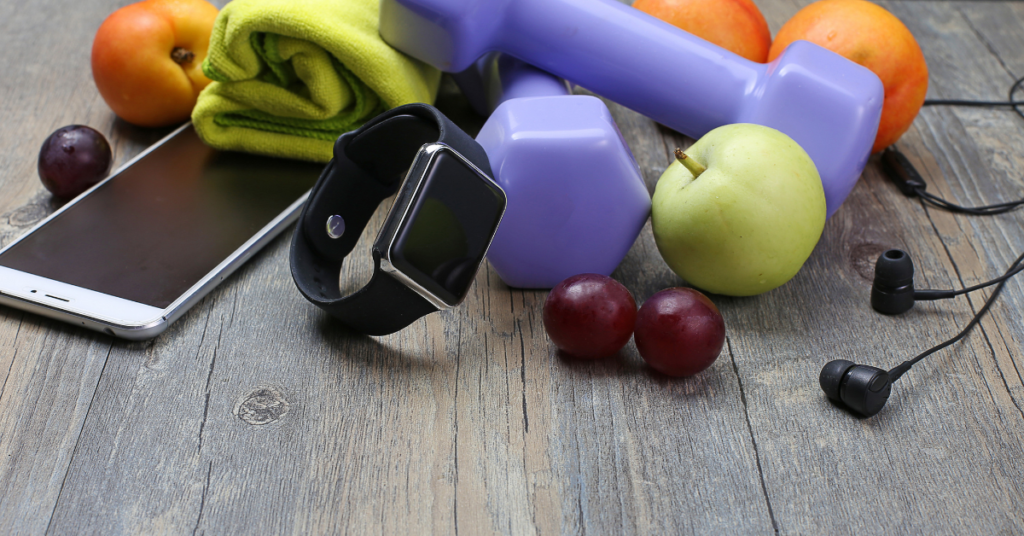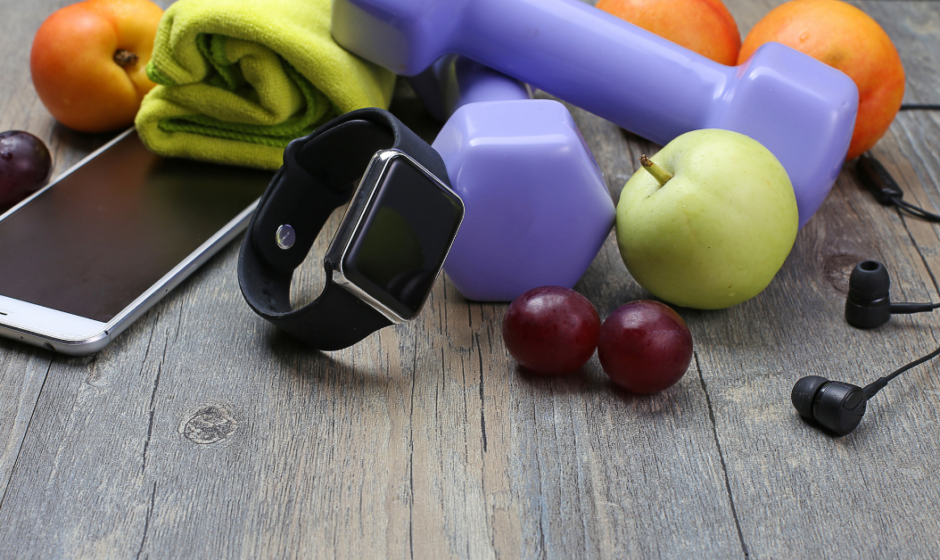In today’s fast-paced world, maintaining health and wellness has become a priority for many. Thanks to advancements in technology, wearable health devices are empowering individuals to take control of their health in unprecedented ways. From tracking daily physical activity to providing insights into overall well-being, these devices are reshaping how we approach fitness and health management.

The Growing Popularity of Wearable Health Devices
Wearable health technology has gained significant traction in recent years, with devices like smartwatches, fitness trackers, and specialized health monitors becoming household essentials. Not only do these gadgets offer convenience, but they also provide an array of features, including:
- Activity Monitoring: Step counters, calorie trackers, and exercise logs help users stay on top of their fitness goals.
- Sleep Tracking: Advanced sensors analyze sleep quality, duration, and patterns to encourage better rest habits.
- Vital Signs Monitoring: Heart rate monitors, SpO2 sensors, and even ECG capabilities enable users to keep tabs on critical health metrics.

Real-Life Applications and Benefits
One of the most compelling aspects of wearable health devices is their ability to deliver actionable insights. For instance, here are some practical examples:
- Fitness Enthusiasts: A fitness tracker can motivate users to achieve their daily step goals, complete workouts, or monitor calories burned during exercise.
- Chronic Condition Management: Individuals with heart conditions can benefit from continuous heart rate monitoring and alerts for irregular heart rhythms.
- Stress Management: Devices with stress tracking features provide real-time feedback and relaxation suggestions, helping users manage mental health effectively.
Challenges and Limitations
While wearable health technology offers numerous benefits, it’s essential to be aware of its limitations. For example:
- Accuracy Concerns: Some devices may not always provide precise data, especially in extreme conditions or during intense activities.
- Privacy Issues: Data security is a significant concern as these devices collect sensitive health information.
- Cost Barriers: High-end wearable devices can be expensive, limiting accessibility for some individuals.

Solutions for Maximizing Benefits
To make the most of wearable health devices, it’s crucial to consider these tips:
- Choose the Right Device: Select a gadget that aligns with your specific health goals and lifestyle. For instance, runners might prioritize GPS-enabled devices, while individuals managing chronic conditions may need advanced health monitoring features.
- Understand the Data: Take time to learn how to interpret the metrics provided by your device. Moreover, many brands offer apps with detailed insights and recommendations.
- Use as Part of a Holistic Approach: Remember, wearables are tools, not substitutes for professional medical advice. Therefore, pair device insights with regular check-ups and a balanced lifestyle.
Looking Ahead
The future of wearable health technology is bright, with ongoing innovations such as AI-driven health analytics, non-invasive glucose monitoring, and wearable patches that monitor hydration and nutrient levels. Consequently, these advancements promise to make health tracking even more accessible and impactful.

Final Thoughts
Wearable health devices are transforming the way we monitor and manage our well-being. By providing real-time insights and encouraging healthier habits, these tools empower users to take proactive steps toward a healthier lifestyle. However, it’s vital to use them wisely and in conjunction with professional medical advice for optimal results.
For more insights into health and wellness, explore our Health and Wellness category. You may also find inspiration in our blogs on Finding Balance in Daily Life and How Positive Thinking Can Change Your Life for the Better.


